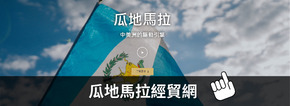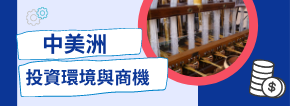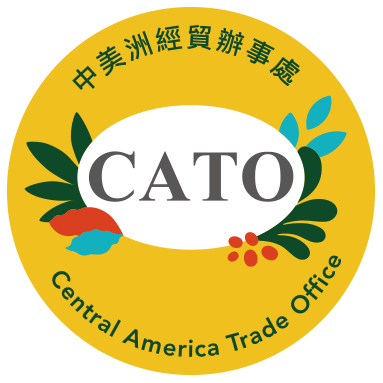Typography plant boosts Chinese characters abroad
2014-12-16
Taiwan’s only shop utilizing lead type-casting to print traditional Chinese characters is enhancing awareness of standard Chinese and its typography abroad through a cooperative initiative with Bath Spa University in the U.K.
According to Chang Chieh-kuan, proprietor of Taipei City-based Ri Xing Typography, the printing factory is to donate a complete set of molds capable of casting 10,000-plus lead Chinese characters as well as an index system to the British educational institution in March 2015.
“It is such an honor to join hands with BSU and promote the beauty of complex characters overseas,” said Chang, also the founder of Taipei City’s Association of Taiwan Moveable Type Printing Culture. “As a steadfast guardian of Chinese culture, Taiwan must step up its efforts to preserve traditional characters.”
Chang said the program was set in motion when a group from the school visited his plant in Taiwan in June. The donated materials are also expected to be displayed in related exhibitions at other academic bodies throughout the U.K.
According to Chang, Taiwan managed to revive the nearly lost art of casting movable types for Chinese characters after importing hand-carved matrices—molds employed to cast lead characters—directly or indirectly from mainland China after World War II.
In its heyday, Ri Xing possessed seven type-casting machines that ran nonstop producing lead types, with its staff of more than 30 people having to work overtime on a regular basis.
Beginning in the 1980s, however, the number of print shops began to drop drastically, from more than 5,000 in the 1970s to only about 30 in the 1990s due to the growing popularity of offset printing and computer typesetting, Chang said.
By that time, Taipei’s four molding plants supplied enough movable types to meet the demand of businesses in the whole country. “However, the largest of the four lead type fabricators, Chung Nan, closed down in 2000, unable to continue in the face of huge losses,” Chang said. Two other factories followed suit in 2007, and now Ri Xing is the sole remaining survivor.
His two-story plant is home to up to 300,000 matrices for about 13,000 Chinese characters and hundreds of foreign letters, each having three fonts with seven sizes.
Chang hopes the plant can serve as a working museum, where people can learn to print the old way, and that traditional Chinese fonts can inspire the local cultural creative industry.
“Computer fonts can never fully capture the elegance of Chinese calligraphy and the grace of its individual brush strokes. I will continue protecting and demonstrating this good old way of printing Chinese characters.”
Source: Taiwan Today (http://taiwantoday.tw/ct.asp?xItem=225196&CtNode=413)











